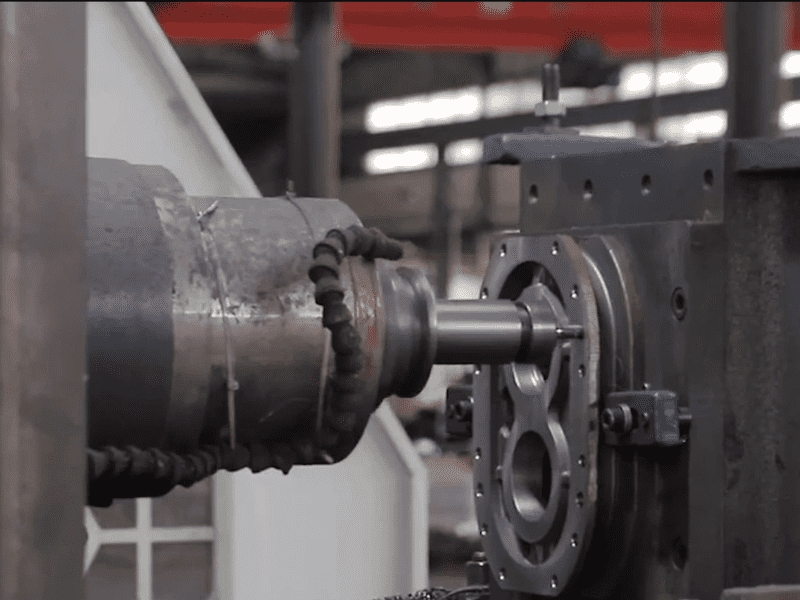As we all know, centrifugal pumps are the most commonly used water pumps. Still, regular centrifugal pumps are hardly used in viscous liquids, heavy solids, and abrasives. Thanks to the unique structure and working principle, a rotary lobe pump is a better option for those liquids. So how do rotary lobe pumps work?
The rotary lobe pump principle is generated by two lobes counter-rotating around separate and parallel shafts in the pump chamber to move liquids. When the pump starts working, the lobes create a vacuum for priming the fluid, then fluids fill the pump chamber and are pushed out of the chamber.

Moreover, the pump with a reversible pumping direction can pump fluids in either direction without restriction.
Alongside the principle, people also be concerned with other knowledge of rotary lobe pumps, such as lobe types and applications. Let’s look at that knowledge in the rest of the article.
Lobes types
Different types of lobes are offered as needed. There are dual-lobe, tri-lobe, and multi-lobe. And two different profiles, linear and screw. One of the most popular types is the tri-lobe with screw profile; it is pulsation-free and with excellent volume efficiency.
And about the material, there are two main types below.
Full metal lobes, SS304, SS316, DDS…
Entirely elastomer-coated lobes, NBR, VITON, HNBR…
Where they’re Used (Lobe Pump Applications)
Oil & Gas —– Drilling Fluid, Crude Oil, Produced Water, Oil Spill Recovery, Fuel Transfer, Oil Sludge, Waste Oil, Oil-water Mixture, Tank Filling&Emptying.
Chemical Industry —– Slime, Bitumen, Natural Latex, Cosmetic Raw Materials, Liquid Detergent, Acids, Viscose, Polymers, Soapstock.
Wastewater, Slurries & Mud —– Waste Water Treatment, Pumping Station Support, Flood Control, and Drainage, Oil Spill Recovery, Bentonite, Grease Sludge, Oil Based Mud, Drilling Mud.
Food Processing —- Fruit and Fruit Segments, Animal Blood, Guts, Bones, Heads and Hooves, Wine, Pomace, Thin Juice, Molasses, Sugarcane Liquids, Diatomite with Water.
Agriculture & Biogas —– Liquid Manure, Biosolids, Farm Chemicals, Fermentation Substrate, Renewable Resources, Faeces, Biogas Substrate, Fill and Drain the Tank or Pit.
Other Applications —- Adhesives, Glue and Paints, Pulp & Paper Industry, Paper Sludge, Wellpoint, Air-water Mixture, Water Supply & Wastewater Disposal for Bus, Railway and Boats, Fill and Empty Tank for Tanker Trucks, Pumping of Viscous & Abrasive Media.
FAQs
Q: What lobe pumps are not so great for?
A: Low-viscosity fluids are difficult for rotary lobe pumps. Clearances are not tight enough to efficiently handle these types of liquids.
Q: Is lobe pump centrifugal pump?
A: No, lobe pumps are positive displacement pumps and are adequate replacements for centrifugal pumps in high-viscosity fluids applications
Conclusion
Like other positive displacement pumps, the working principle of lobe pumps is that the lobes create a vacuum to prim the fluid. And Compared to centrifugal pumps, lobe pumps are a better option for high-viscosity fluids because they run at low speeds.



